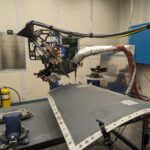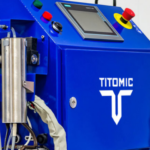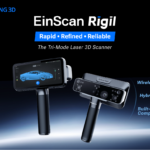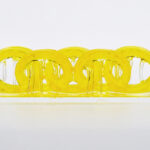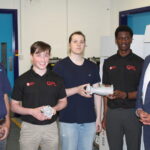QR codes have become a common sight, but their vulnerability to data breaches has prompted MIT researchers to introduce an alternative solution: BrightMarkers. These invisible fluorescent tags, embedded within 3D printed objects, offer enhanced motion tracking, virtual reality (VR), and object detection capabilities.
To create BrightMarkers, users can employ MIT CSAIL’s software plugin for 3D modeling programs, placing the tag within the design before exporting it for 3D printing. The tags, imperceptible to the naked eye, emit light at a specific near-infrared wavelength, making them visible to specialized cameras. Detection hardware for smartphones and VR/AR headsets enables scanning and interaction with these invisible markers, opening the door to a more immersive digital experience.
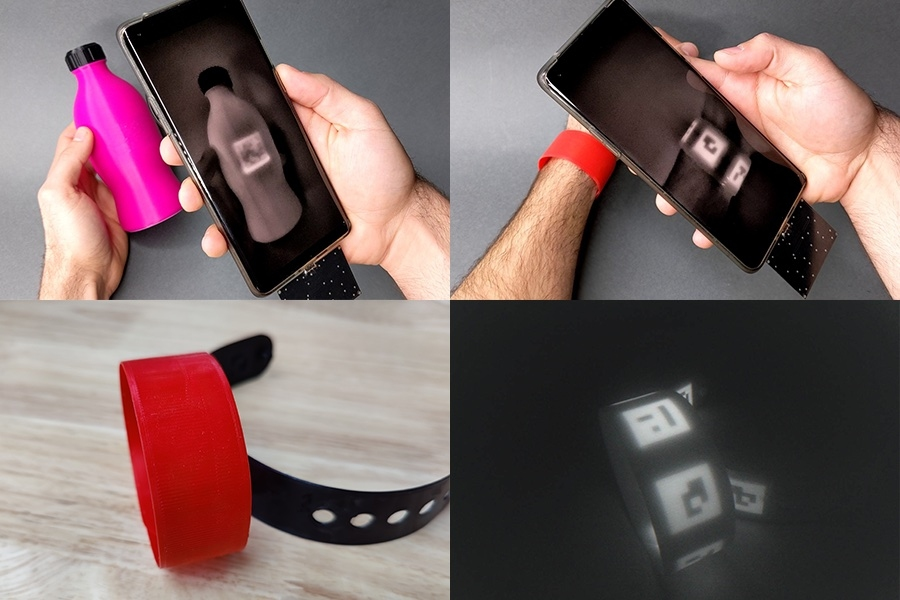
“The fluorescent filaments emit a light that can be robustly filtered using our imaging hardware,” says MIT researcher Mustafa Doğa Doğan.
“This overcomes the ‘blurriness’ often associated with traditional embedded unobtrusive markers, and allows for efficient real-time tracking even when objects are in motion.”
BrightMarkers’ potential applications are vast. In VR settings, a toy lightsaber (for example) with an embedded BrightMarker could enhance gaming experiences by allowing users to interact with virtual environments. These tags also excel in motion tracking, enabling precise limb movement tracking for wearables, accommodating users of varying abilities and sizes.
Additionally, BrightMarkers could transform supply chains by offering detailed origin and movement data. Consumers can verify ethical sourcing and recycling information by scanning an object’s digital signature, similar to proposed Digital Product Passports. Night vision home security cameras could benefit from this technology, detecting movements without invading privacy.
“BrightMarker holds tremendous promise in reshaping our real-life interactions with technology,” said Doğan.
“As this technology continues to evolve, we can envision a world where BrightMarkers become seamlessly integrated into our everyday objects, facilitating effortless interactions between the physical and digital realms.”
Compared to Apple’s AirTags, BrightMarkers are cost-effective and low-energy meaning the potential of BrightMarkers extends to reshaping everyday interactions with technology, from retail experiences to industrial supply chain tracking.
Come and let us know your thoughts on our Facebook, Twitter, and LinkedIn pages, and don’t forget to sign up for our weekly additive manufacturing newsletter to get all the latest stories delivered right to your inbox.


